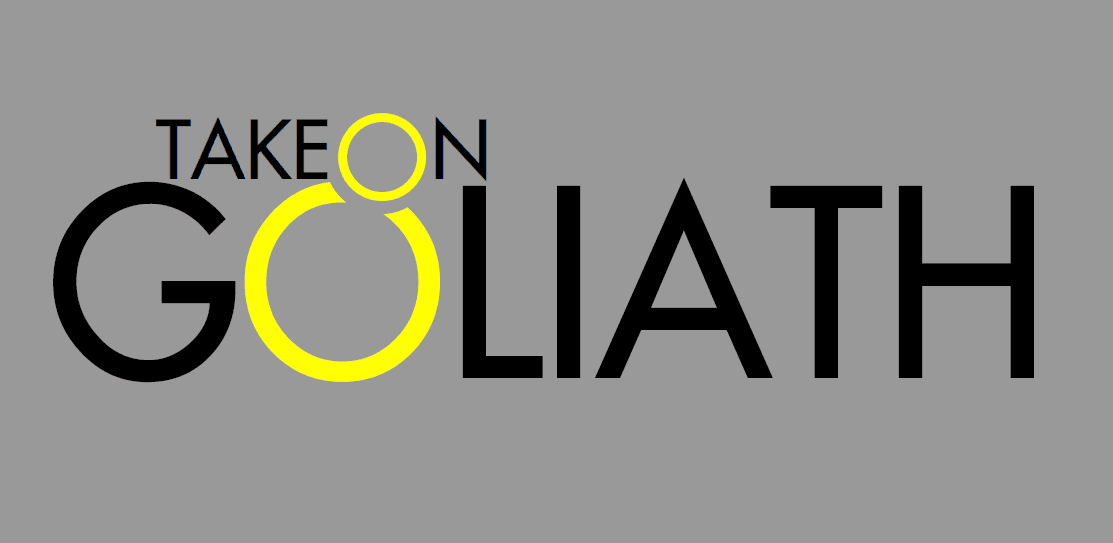A Section 2(e)(1) refusal is issued if the USPTO's examiner considers your trademark merely descriptive of the goods and services listed in the application. Therefore, to overcome this dismissal, the most common strategies revolve around proving the mark is not merely descriptive and can reliably serve as a source indicator in the market. These include:
- Proving the mark has already acquired distinctiveness through use if the brand is already commercially active and recognizable by a consumer group of considerable size,
- Proving the mark has a secondary meaning and that even though the individual elements are descriptive, their combination is distinctive enough to be registrable. Most commonly, secondary meanings are created by a play on words, pun or incongruity. On the other hand, a mere misspelling of a word is not enough to help increase the distinctiveness of an otherwise descriptive mark.
- Proving the mark is suggestive rather than descriptive. While descriptive marks directly describe some characteristics of the goods and services offered, suggestive marks merely imply it. Suggestive marks are seen as distinct and can be registered. The line between direct and indirect description might not always be clear-cut, and applicants are sometimes able to prove their mark falls under the latter. To give you an example, "Coppertone" for a brand of sunscreen products is considered suggestive.
If all of these fail or can't be applied, the applicant may also consider amending the application to the Supplemental Register, which provides some level of legal protection, although lower than the Principal Register. If a mark acquires distinctiveness through use over time, it can be moved to the Principal Register.
Generally speaking, a Section 2(e)(1) refusal is hard to overcome and might require writing a compelling response supported by additional evidence. Therefore, it's highly recommended to seek the help of a trademark attorney, who can advise on the best course of action and take the necessary steps to save your trademark.






